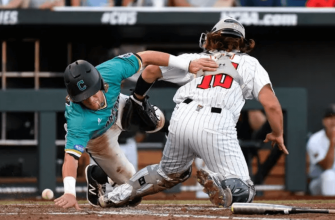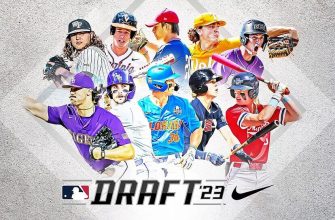Minor league baseball serves as the training and development arm for Major League Baseball (MLB) clubs. There are several different levels that make up the minor league system, including Triple-A, Double-A, High-A, Low-A, short season leagues, and rookie leagues. These leagues range from being one step below the majors to several steps removed. The purpose of the minor leagues is to develop players for potential call up to the big leagues one day.
Teams are affiliates of MLB franchises and work closely with the parent club to evaluate talent and get players ready. While winning is a goal, the main focus is on player development and preparing them for MLB. The minor league structure provides opportunities for communities around the country to enjoy professional baseball.
Regular Season Games
Minor league baseball games follow most of the same rules as Major League Baseball. The main difference is that most minor league regular season games are only 7 innings rather than the standard 9 innings in the majors.
This shorter 7-inning format allows teams to fit more games into the regular season schedule. It also helps reduce the workload on pitchers by limiting the number of innings they need to throw in each appearance. Most minor league teams play 140 games in a regular season, so having shorter games is an important factor in avoiding overwork and injuries.
The 7-inning format has become standard across most of minor league baseball, including all levels ranging from Rookie ball to Triple-A. So in a typical minor league regular season game, each team will bat in 7 innings unless the game goes to extra innings.
Extra Innings
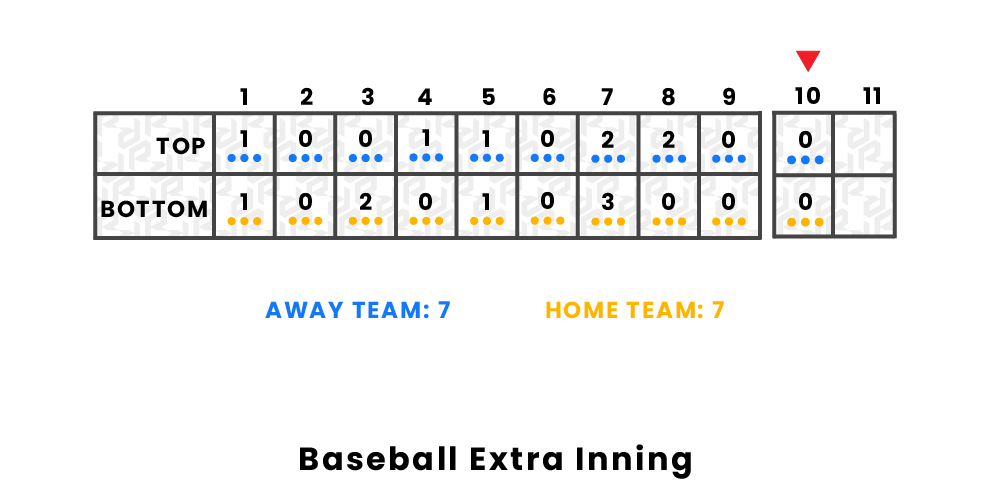
In regular season minor league baseball games, if the game is tied after 9 innings, extra innings will be played to determine a winner. However, minor league baseball has implemented some unique rules for extra innings in an effort to shorten games.
Per the new extra innings rules enacted in 2021, each extra inning now starts with a runner on second base 1. This rule, also known as the “Ghost Runner” rule, is designed to make it more likely that a run will score in extra innings, helping to end long games sooner. The runner placed on second base at the start of each extra inning is the player in the batting order who precedes the leadoff batter in that inning.
This rule applies to all extra innings in both regular season and postseason minor league games. It creates a sense of urgency right from the start of an extra inning, as teams only need a single to drive in the ghost runner from second and take the lead. Fans enjoy the heightened intensity and drama created by the revised extra innings format 2.
While controversial at first, the ghost runner rule has helped improve pace of play and prevent excessively long games in the minors. It will be interesting to see if Major League Baseball eventually adopts this rule change as well. For now, the ghost runner is an innovative way for minor league teams to resolve tying contests in a timely fashion.
Doubleheaders
According to the MiLB.com Frequently Asked Questions, Minor League Baseball has the option to adopt a policy where all doubleheaders consist of two seven-inning games. This is shorter than the standard nine innings played in a single regular season game.
The main reasons for the shorter seven-inning doubleheader games are to reduce the strain on pitching staffs that have to play two games on the same day, and to avoid having excessively long days at the ballpark. Seven innings strikes a balance between playing a full game while not overtaxing players and fans.
Some key facts about doubleheader games in Minor League Baseball:
- Each game of the doubleheader is seven innings rather than nine.
- This applies even in the postseason.
- College and other minor leagues also typically play seven inning doubleheader games.
- Doubleheaders enable teams to make up postponed games in a timely manner.
So in summary, when Minor League Baseball teams play a scheduled or make-up doubleheader, each game will span seven innings rather than the standard nine innings.
Playoff and Championship Games

Playoff games in Minor League Baseball generally follow the same format as regular season games with a few exceptions.
In the first and second rounds of the playoffs, which are best-of-five series, all games are nine innings regardless of the score. This contrasts with the regular season policy of ending games early if one team has a big lead after a certain number of innings.
The championship series, which is best-of-five in Triple-A and best-of-three in other levels, has no limits on extra innings. Games will continue past nine innings until one team comes out victorious. Again, this diverges from regular season games that can end in a tie after a point.
So in summary, Minor League Baseball playoff and championship games will always go the full nine innings at a minimum, with extra innings as needed to determine a winner. This allows playoff games to proceed naturally without artificial limits on their length.
Pitching Limits
Pitching limits in minor league baseball are designed to protect young pitchers from overuse injuries. Both innings pitched and pitch counts are restricted based on a player’s age.
In Little League for players ages 9-10, pitchers are limited to 75 pitches per day. Ages 7-8 have a limit of 50 pitches per day. Pitchers must also rest a certain number of days depending on how many pitches they threw.
At higher levels of the minors, pitch clocks are used to improve pace of play. In Triple-A, the pitch clock is set at 19 seconds with runners on base. Double-A and lower levels have an 18 second pitch clock.
In addition to pitch counts and pitch clocks, minor league baseball has limits on the number of innings a pitcher can throw in a game and week to prevent overuse injuries. Generally, pitchers are limited to no more than 4-5 innings per start and 8-10 innings per week.
Mercy Rules
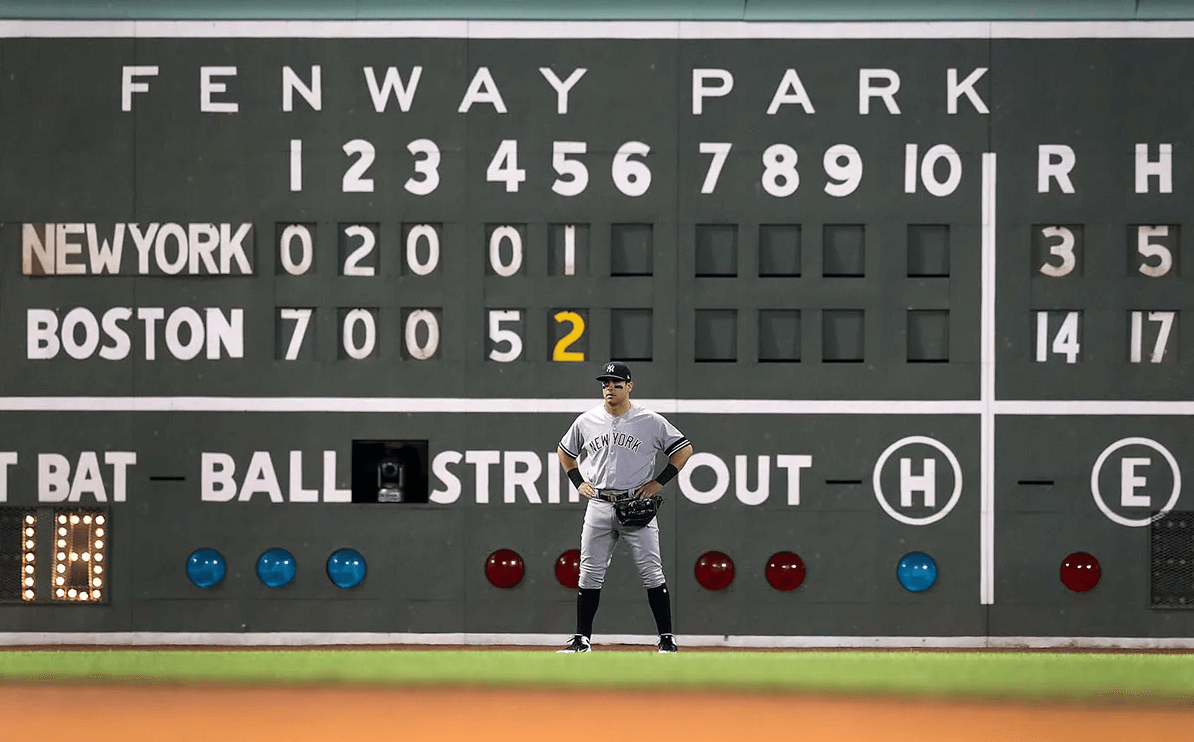
Mercy rules in minor league baseball allow for ending lopsided games early to avoid unnecessary play when one team has a large lead. The specific mercy rule can vary by league.
In many minor leagues, a mercy rule ends the game if one team is ahead by 10 runs or more after 5 or 6 innings (41⁄2 or 51⁄2 innings if the home team is ahead). For example, the sources say states that in AAA leagues, if a team is losing by 10 runs or more after completing their fourth half-inning at-bat, that team can exercise the mercy rule to end the game.
Some leagues have even stricter mercy rules. In Little League, a mercy rule can end a game if one team is ahead by 15 runs after 3 innings (or 10 runs after 4 innings) according to the Little League rulebook.
The purpose of mercy rules is to avoid excessive and needless innings when one team has an insurmountable lead, protecting player safety and preventing lopsided blowouts. However, coaches and players must use good judgement on when to actually invoke a mercy rule, as comebacks are possible and games can have value even with a large deficit.
Suspended Games
Suspended games refer to games that are stopped before they become regulation games due to weather, curfew, or other external factors. The rules for completing these games depend on the league.
In Triple-A, suspended games are continued from the point of suspension. This means the game resumes with the same lineup where it left off as if there was no interruption. Any remaining innings are played to completion.
In Class A, AA, and rookie leagues, suspended games prior to becoming regulation games are restarted from the beginning. The game is replayed completely with a new starting lineup. Any statistics from the partial game are erased.
If a minor league game is called after it is an official game, the results are final unless the game is tied. Tied games stopped early are resumed from the point of suspension per minor league tiebreaker rules.
Overall, the main objective is to complete as much of the scheduled game as possible. Suspended games allow minor league teams to fulfill the expected number of innings despite interruptions. The specific rules vary by league to balance fairness and logistical considerations.
All-Star Games
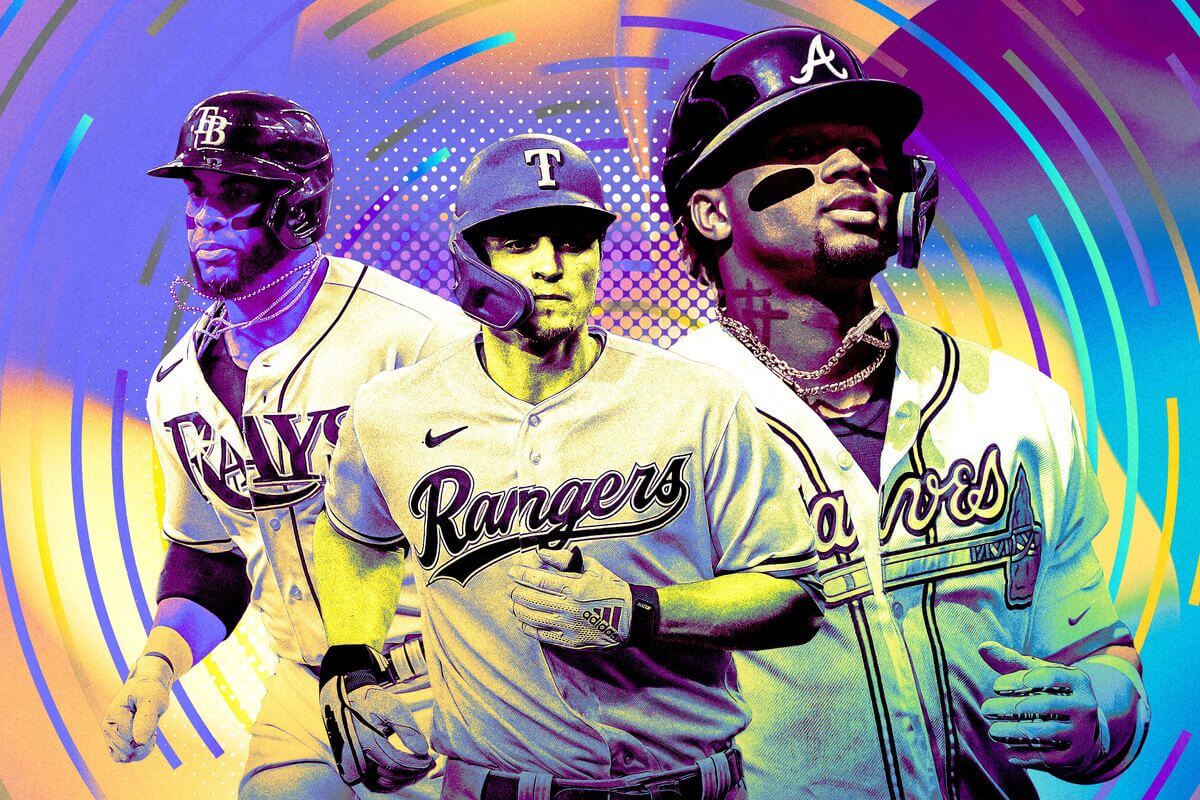
Minor league baseball has historically held midseason all-star games to showcase top talent from each league. The main all-star game is the Triple-A All-Star Game, first held in 1988. This game features the best players from the Triple-A level of minor league baseball, consisting of the International League and the Pacific Coast League.
The Triple-A All-Star Game generally follows a similar format to the MLB All-Star Game, with minor league players from the two leagues facing off in a 9 inning regulation game. There are also other ancillary events like a home run derby. From 2006 to 2010, an affiliated Double-A All-Star Game was also held. More recently, independent baseball leagues have begun organizing their own midseason all-star games as well.
The all-star games serve as an opportunity to showcase top minor league talent just below the Major League level. Fans can catch rising prospects and players on MLB teams’ 40-man rosters. The games also provide a venue for various MLB promotions and test initiatives like experimental rules changes. Overall, they add excitement and fun to the minor league schedule.
Conclusion
Minor League Baseball games can vary in the number of innings played, unlike Major League Baseball which always plays the standard 9 innings. During the regular season, most MiLB levels play 9 inning games. Double-A plays 9 innings in the regular season and playoffs. Triple-A plays 9 in the regular season but sometimes 7 in the playoffs. Lower levels like Single-A and Rookie leagues typically play 7 inning games in both the regular and postseason.
Extra innings are played if games are tied after 9 innings in Double-A and Triple-A and after 7 innings in Single-A. There are limits on extra innings ranging from 1 or 2 extra innings before the game is called a tie in the minors. Doubleheaders are 2 seven-inning games in the minors. Pitch counts and mercy rules can also impact the number of innings played. Overall, while MLB always plays 9 innings, Minor League Baseball is more flexible with anywhere from 7-9 innings per game based on the level, situation, and phase of the season.


